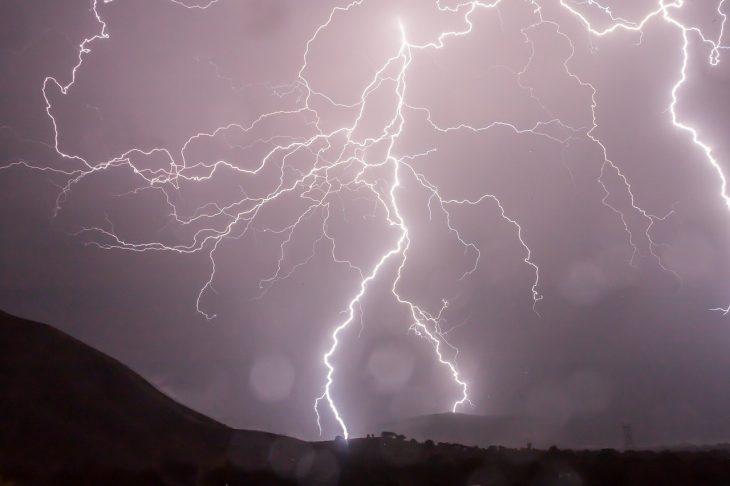
As far back as prehistoric times, lightning has fascinated humanity. Even in the modern and technologically-advanced society of the 21st Century, lightning continues to amaze us when it lashes out across the sky. Despite being around forever, scientists still haven’t fully figured out the properties of lightning. Find out more about this electrifying scientific phenomena with these lightning facts.
- A single bolt of lightning can have as much as 1 billion Joules of energy.
- Lightning bolts can travel up to 5 km from inside a cloud to strike at the ground.
- An estimated 44 lightning bolts erupt around the world every single second.
- Up to 1.4 billion lightning bolts erupt around the world every year.
- The tropics generate an estimated 70% of all lightning on Earth.
- On average, only 25% of all lightning actually strikes the ground, as Cloud-to-Ground (CG) lightning.
- The remaining 75% of lightning strikes as In-Cloud (IC) lightning.
- In the tropics, the rate of CG lightning drops to 10%.
- Near the poles, the rate of CG lightning rises to 50%.
- Thunderstorms on average generate 3 CG lightning strikes every minute.
- Lightning strikes at a speed of around 100,000 km per second.
- On average, a single lightning bolt has around 30,000 amperes of electric current.
- Scientists have recorded bolts with a current of up to 400,000 amperes, however.
- The more current a lightning bolt has, the greater the distance it can travel.
- Winter storms tend to produce more powerful lightning bolts.
- Kifuka in the Democratic Republic of the Congo suffers the most lightning strikes in the world, at 158 lightning strikes for every km² in a single year.
- Singapore also suffers up to 11,500 lightning strikes every year.
- Cumulonimbus clouds generate the most lightning out of any type of cloud on Earth.
- Scientists have recorded bursts of low-frequency radio waves accompanying lightning strikes.
- Tornado weather systems also generate especially powerful lightning bolts.
Lightning generates from inside the cold regions of a cloud.
Inside each cloud is an ice cold part around -15°C to -25°C, which causes much of the water in the clouds to turn into tiny ice crystals. The powerful updrafts of high altitudes blow these crystals upwards, along with small droplets of liquid water. As these particles bounce around and against each other, they each gain a small static charge which adds up between them.
Typically, the upper part of a cloud will gain a positive charge, while the middle and lower parts of a cloud gain a negative charge. While the actual process remains unclear, lightning erupts once the charge becomes too much. The excess static crosses over from one side to the other as lightning, neutralizing itself in the process.
Scientists still aren’t sure about what draws lightning to the ground.
All they know is that channels of ionized air called ‘leaders’ slowly descend from the clouds to the Earth’s surface. Forming step-like formations of ionized air as they descend, these channels occur in different levels.
When lightning strikes downward, they follow these channels, which gives lightning its distinctive arcing pattern instead of a straight line. How’s that for intriguing lightning facts?
Lightning does not have heat.
When lightning comes down, it heats up the air it passes through up to 50,000 Kelvin, which makes it hotter than the Sun’s surface at 5,778 Kelvin. The heat of the air also gives lightning its bright and distinctive blue-white color, with the human eye perceiving that heat as colored light.
Despite reacting with the air, lightning itself does not possess an innate heat. With each lightning strike, the air around it cools in a matter of milliseconds.
Lightning generates thunder.
As lightning cuts through the air, it doesn’t just glow hot, but it also violently and explosively expands outward. The vibrations caused by the expansion produces sound, which humans hear as thunder.
Since the whole bolt causes vibrations, the sound of thunder doesn’t come as a single sound. Instead, it comes out with a rolling or rumbling effect, caused by differences in temperature along the lightning’s path through the air.
Not all lightning generates thunder.
It’s more commonly known as heat lightning, which is rather misleading, as all lightning generates heat. In some cases, a lightning strike visible in the distance to the naked eye doesn’t cause audible thunder. However, this is just an illusion, as lightning must always generate thunder.
What actually happens is that the lightning strikes far enough for humans not to hear its thunder, as its sound waves dissipate before reaching the viewer.
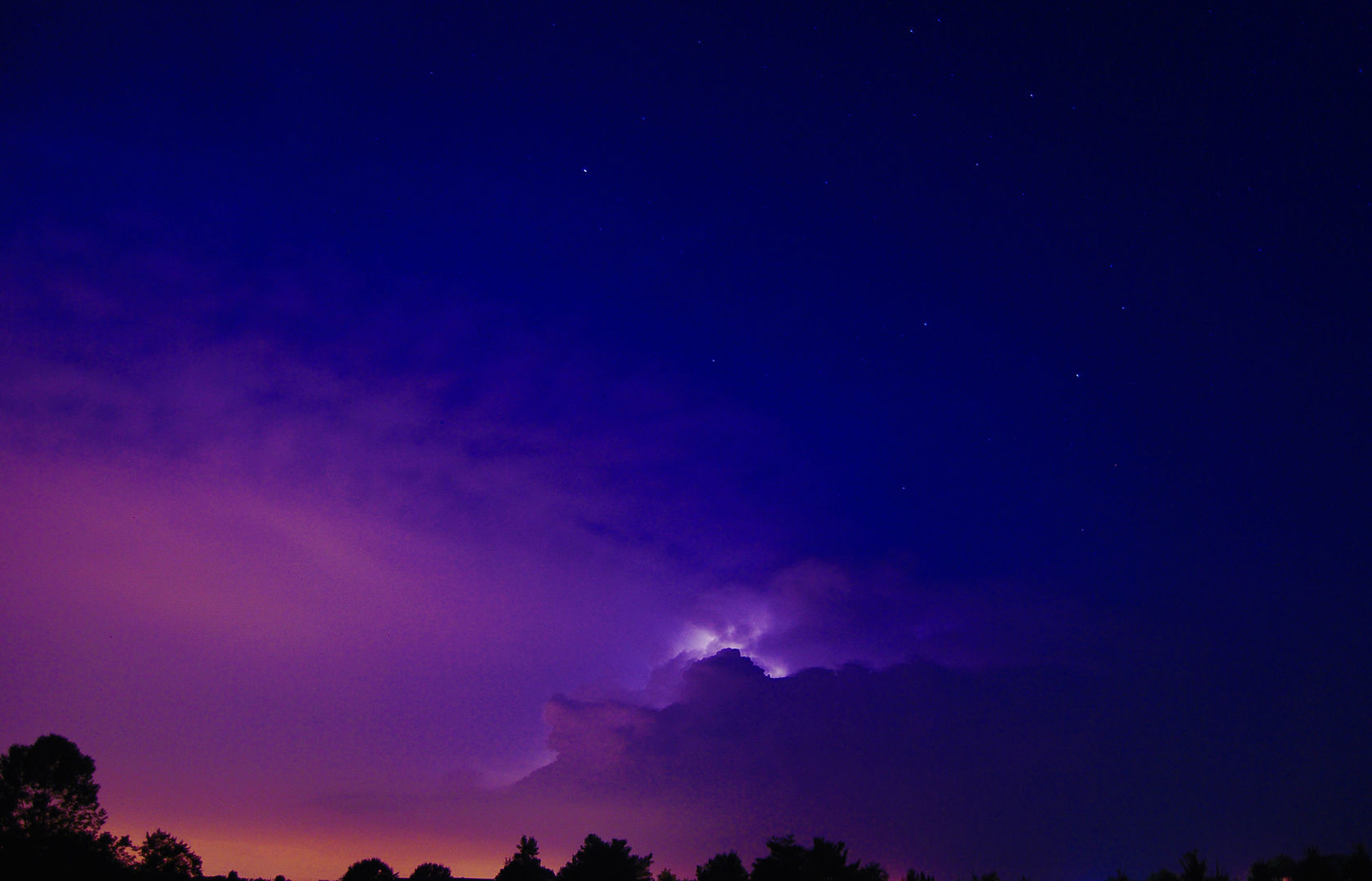
Lightning can strike many times in a single second.
In fact, multiple strikes make up a single bolt, usually only between 3 to 4 strikes, though scientists have recorded up to 30 strikes in a single bolt. The human eye only perceives it as a single bolt thanks to their speed, which makes it seem that there’s no interval between them. On average, scientists have estimated the intervals to only measure between 40 to 50 milliseconds.
This forces them to slow down and watch video records of lightning frame by frame to count how many strikes take place in a ‘single’ bolt. How’s that for mind boggling lightning facts?
Lightning also generates a powerful Electro-Magnetic Pulse (EMP).
The EMP can cause power surges in exposed electronics nearby, as well as in electrical systems or lines. They can also pass through communication systems like telephone cables or even simple metallic pipes. Though the surge weakens the further away from the source, it could fatally damage nearby electrical appliances and electronics. To prevent this, people install surge protectors into vulnerable objects in lightning-prone areas.
Anvil crawler lightning is a special kind of IC lightning.
Also known as spider crawler lightning, this form of lightning strikes horizontally, seeming to crawl across the sky. This phenomenon occurs when instead of descending to the ground, the leaders for the lightning spread out horizontally.
However, this doesn’t mean that lightning won’t strike at the ground. While this type of lightning may still reach the ground, it mostly stays in the air, striking across and from one cloud to another.
Ball lightning is another special kind of lightning.
This kind of lightning takes the form of a small, glowing sphere ranging from pea-sized to meters in diameter. Unlike other kinds of lightning, which last for only fractions of a second, ball lightning can linger for up to several seconds before disappearing.
These balls of lightning usually only appear in thunderstorms. Although many eyewitnesses have claimed to see ball lightning, scientists have only rarely seen them with their own eyes.
Scientists have struggled to replicate ball lightning in their laboratory experiments.
Nikola Tesla managed to publicly generate ball lightning up to 3.5 cm across, but he treated them only as a curiosity. Modern scientists such as those at the Max Planck Institute have managed to generate ball lightning using a tank of water and an electrical capacitor. Other scientists have used microwaves or even vaporized silicon to create their versions of ball lightning.

Scientists have also struggled to find a complete explanation for ball lightning.
The rarity of the phenomenon has made it difficult to study for scientists to study. Leading theories on ball lightning suggest that ball lightning may not actually be lightning at all, but small spheres of burning silicon.
The silicon supposedly comes from when lightning strikes the ground, vaporizing silica and releasing the element into the air. Another theory states that ball lightning is a form of St. Elmo’s Fire.
Dry thunderstorms generate what some call dry lightning.
Dry thunderstorms form over extremely dry areas, such as the Australian outback or the American southwest. Despite the name, rain still falls from the clouds, but the heat and dryness of the air cause the rain to turn back into vapor before reaching the ground. Lightning strikes from dry thunderstorms tend to become the main natural cause of wildfires. How’s that for surprising lightning facts?
Lightning can also strike up from the ground and into the sky.
This usually tends to happen as a side effect of anvil crawler lightning, or of extremely cold weather. In these cases, static builds up on the ground like it does on the clouds above, arcing up as reverse lightning to neutralize the charge.
Superbolts make up the most powerful bolts of lightning.
As the name suggests, these bolts have a hundred times more power than normal lightning, measuring at 100 billion Joules. They also tend to happen very rarely, with only one lightning bolt out of every 240 generated as a superbolt. Despite their greater power, the amount of current the bolt carries remains the same as those of normal lightning.
Lightning can strike out of nowhere.
Also known as clear-air lightning, they usually strike in mountainous regions such as the Rockies of North America. In these areas, thunderstorms raging in one valley might stay where they are, but the lightning they generate can travel up to 26 km away. With these distances, the skies stay clear, only for the lightning to come and strike seemingly out of nowhere.
Lightning strikes sometimes produce fulgurite.
Fulgurite results when lightning strikes sandy or silica-rich ground. The heat of the strike causes the ground to melt around the bolt, only to quickly cool into glass. Given that it formed around the lightning bolt, fulgurite tends to come in the shape of hollow cones or tubes. Now, there’s one for cool lightning facts.
Photo by Ji-Elle from Wikipedia
Lightning strikes up to 240,000 people every year.
The fatality rate for lightning strikes ranges from 10 to 30%, with 80% of survivors suffering from some form of long-term injury. Due to its speed, the heat generated by lightning doesn’t cause much damage. Instead, it is their electrical current that causes fatal effects on the nervous system.
The lightning’s EMP can also become a cause for concern, especially for people with pacemakers. Upon contact, the lightning would short out the pacemaker, causing fatal heart attacks and neural damage. Thunder from such a lightning strike up close also causes damage to a person’s hearing.
Buildings use lightning rods to protect themselves from lightning.
Benjamin Franklin invented lightning rods in the 18th Century, using metal rods that provide a direct path for the lightning to follow into the ground. In doing so, it avoids the rest of the building, preventing damage and fire.
Although steadily refined over the succeeding centuries, the lightning rods of today still follow the same principles Franklin developed.
Lightning can also strike aircraft in flight.
Thanks to the nature of an aircraft’s construction, you don’t have to worry much about lightning on your flights. Specifically, the aluminum frame of an aircraft’s hull works like a Faraday Cage, keeping any electricity to itself and discharging it away from the inside.
That said, lightning striking a plane only becomes an issue if it damages an engine or something critical, such as the plane’s fuel tanks. Definitely one of the more reassuring lightning facts.
The US government has issued public guidelines to reduce the risk of personal harm from lightning strikes.
The most basic guideline involves getting to safety even before a thunderstorm starts. Lightning can strike even before the rain falls, which makes it ideal to stay indoors as soon as you can. The US government also issues public lightning warnings, should lightning strike within 8 km of a populated area.
Lightning strikes have a positive benefit for the surrounding area.
Lightning actually causes nitrogen in the air to combine with other elements, forming nitrates. With the rainfall, these nitrates are sent down to the ground, fertilizing the soil and making it more suitable for crops. Yet another strange, but true example of lightning facts.
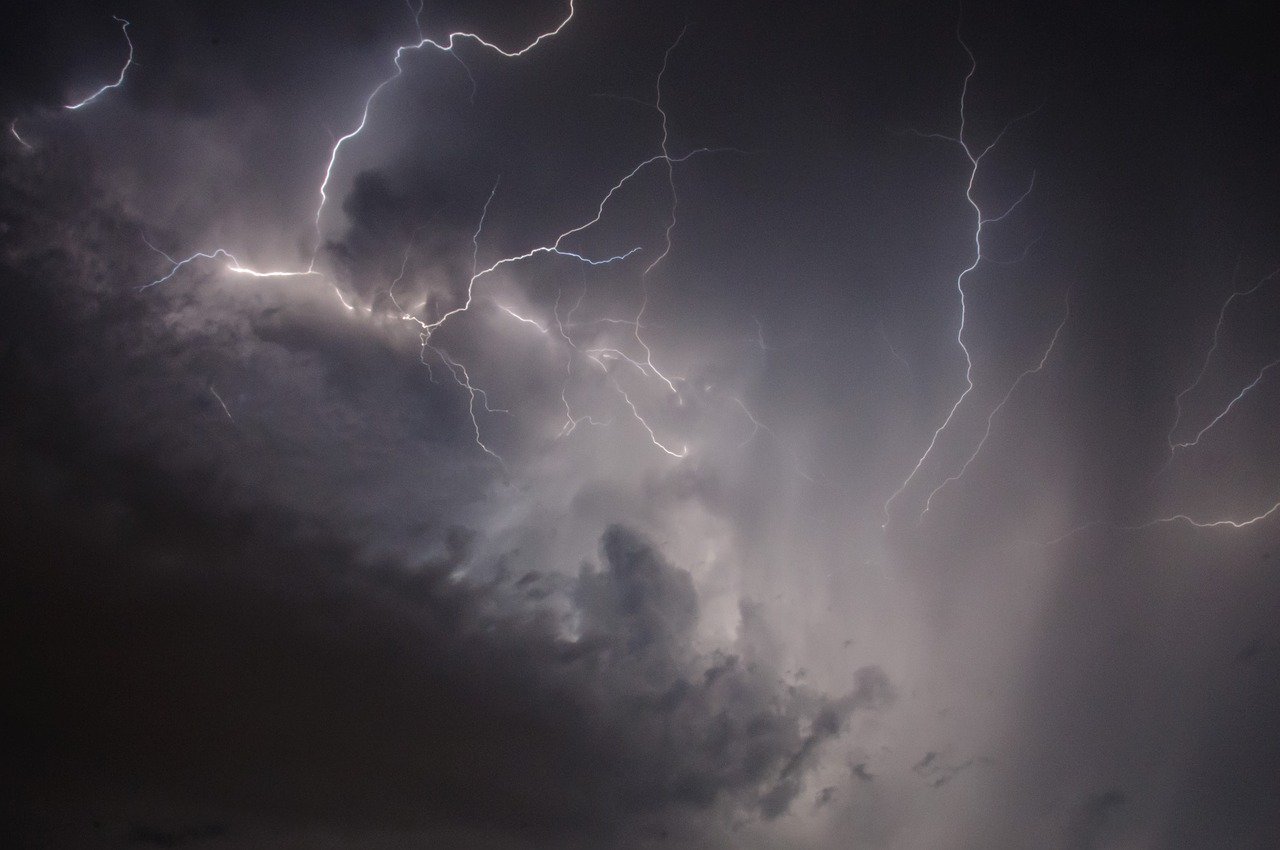
Lightning has also provided scientists with many mysteries to study.
Scientists first detected x-rays from lightning in 2001, and again in 2002. After confirming that lightning generated the x-rays, scientists began studying the phenomenon eagerly. This comes from the fact that even with the heat caused by the lightning’s reactions with air, the temperature should stay too low to generate x-rays. Similar mysteries discovered by weather satellites include detecting lightning generating gamma rays and even antimatter.
Volcanic eruptions also have a history of generating lightning.
When volcanoes erupt, they send huge amounts of broken rock and volcanic dust into the air. The explosive force of an eruption also makes them move very quickly, gaining static charges as the fragments collide with against each other. Much like how clouds generate lightning, the static charge also lashes out as lightning.
Other planets also have lightning of their own.
Gas giants like Jupiter and Saturn generate especially powerful lightning, with Earth’s superbolts as the norm instead of the exception. The most powerful ones can carry up to a thousand times more power than Earth’s most powerful lightning bolts.
Scientists have also discovered that Venus produces lightning of its own in its thick and cloudy atmosphere. That said, for all the differences in power, the process that creates lightning remains the same on these planets as on Earth.
Certain human activities can also generate lightning.
For one, the superheated jets of gas and dust that rockets produce when sending spacecraft into space can generate lightning. This became a source for concern during the Apollo 12 mission, with lightning striking the rocket. Thankfully, it caused no damage.
Additionally, nuclear explosions also cause lightning within the mushroom clouds, but the radiation surges in the surrounding area can also make the air likely to generate lightning well after the nuclear blast.
Scientists have long developed ways to detect lightning.
When it comes to understanding the properties of lightning, Benjamin Franklin led the way when he invented the lightning bell in the 18th Century. Though they only detect the presence of static electricity in the air, the lightning bell proved the first step in the development of lightning detectors.
Today, modern lightning detectors use radio detectors to detect and track lightning in real-time. The US government operates a nationwide network of such devices, alongside over 500 privately-owned and operated detection stations. Many satellites also have lightning detectors of their own, looking down on the Earth from orbit.
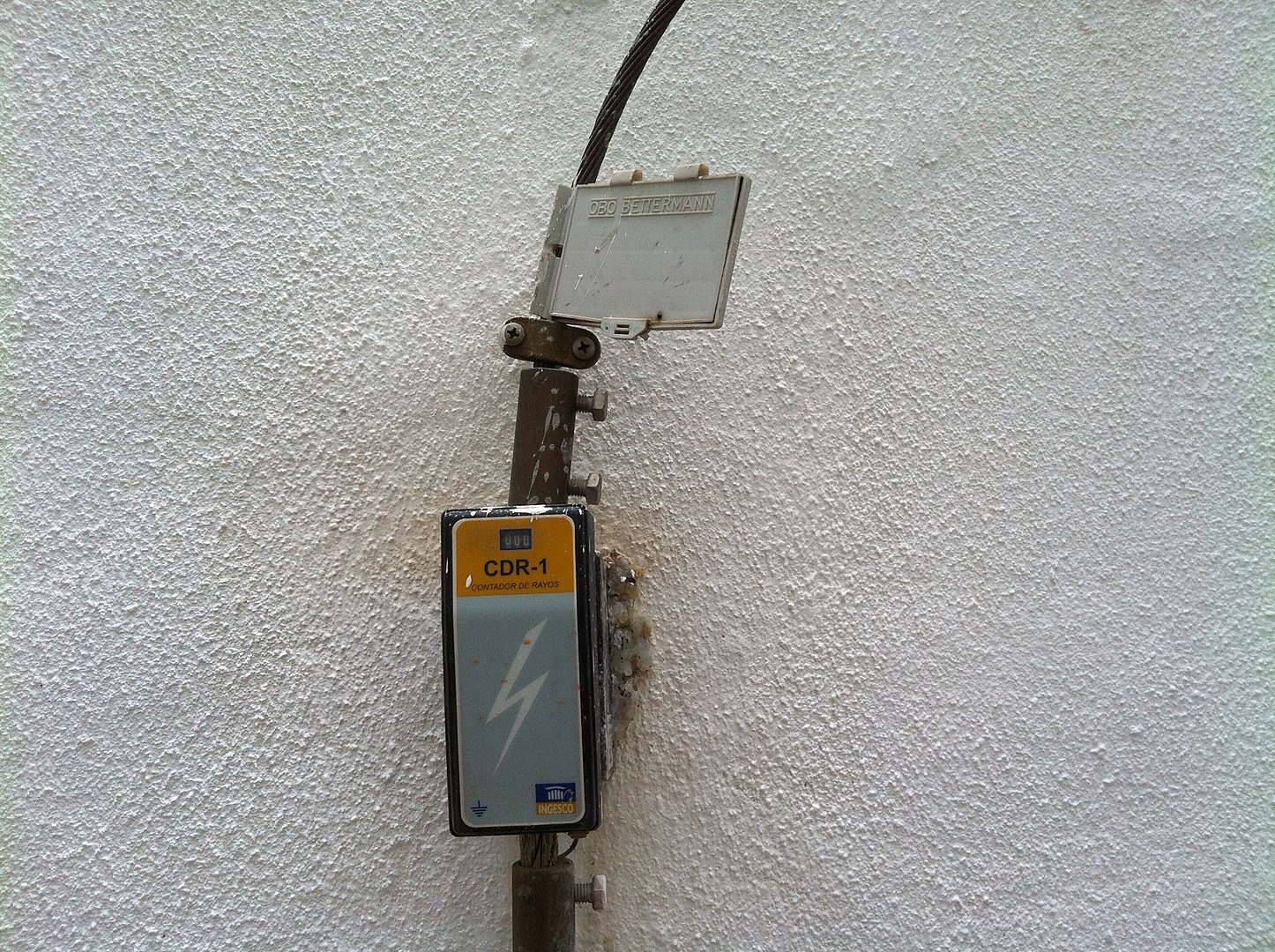
Climate change may have an effect on lightning generation worldwide.
Scientists still aren’t completely sure how climate change could affect lightning generation, because of the remaining mysteries behind lightning. At present, their working theory is that climate change may only slightly affect lightning generation. In particular, they predict that changes in atmospheric patterns would reduce the number of so-called lightning days per year. However, lightning strikes on lightning days will become more common, essentially balancing the phenomena out.
Humans associate lightning with the divine.
The Greek Zeus and his Roman counterpart Jupiter both had power over lightning as the god of thunder and king of the gods. While Thor wasn’t the king of the Norse gods, he remained one of the Norse’s most popular gods, as the god of thunder.
Similar figures include the Indian god Indra, the Mesoamerican god Tlaloc, the Slavic god Pezun, and the Japanese god Raijin. Certain passages in the holy texts of Christianity, Islam, and Judaism also refer to lightning as the domain of God.
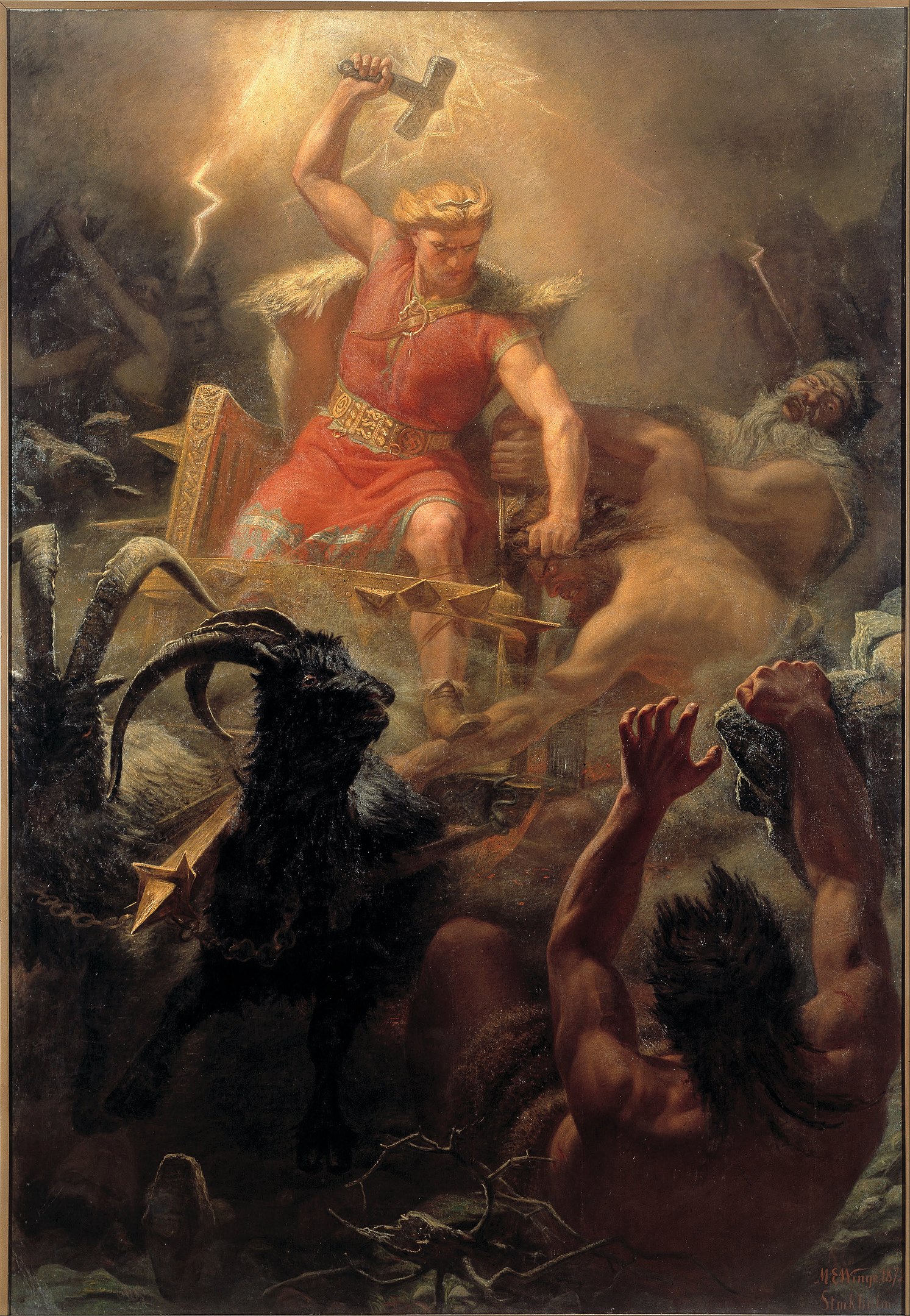
Several metaphors reference lightning.
Lightning never strikes the same place twice, for example, referring to how an opportunity might never come again if missed in the present. A bolt from the blue is another example, referring to surprises that no one could ever see coming.
Historical organizations have also used lightning symbolism.
The infamous Nazi Schutzstaffel (SS) made up Hitler’s personal bodyguard, and the Nazis’ private army, completely separate from the German Army. In particular, they used a pair of lightning bolts as the symbol of their organization as a whole. The British Union of Fascists also used a lightning bolt in their symbol, as did the American National States’ Rights Party.
Was this page helpful?
Our commitment to delivering trustworthy and engaging content is at the heart of what we do. Each fact on our site is contributed by real users like you, bringing a wealth of diverse insights and information. To ensure the highest standards of accuracy and reliability, our dedicated editors meticulously review each submission. This process guarantees that the facts we share are not only fascinating but also credible. Trust in our commitment to quality and authenticity as you explore and learn with us.
